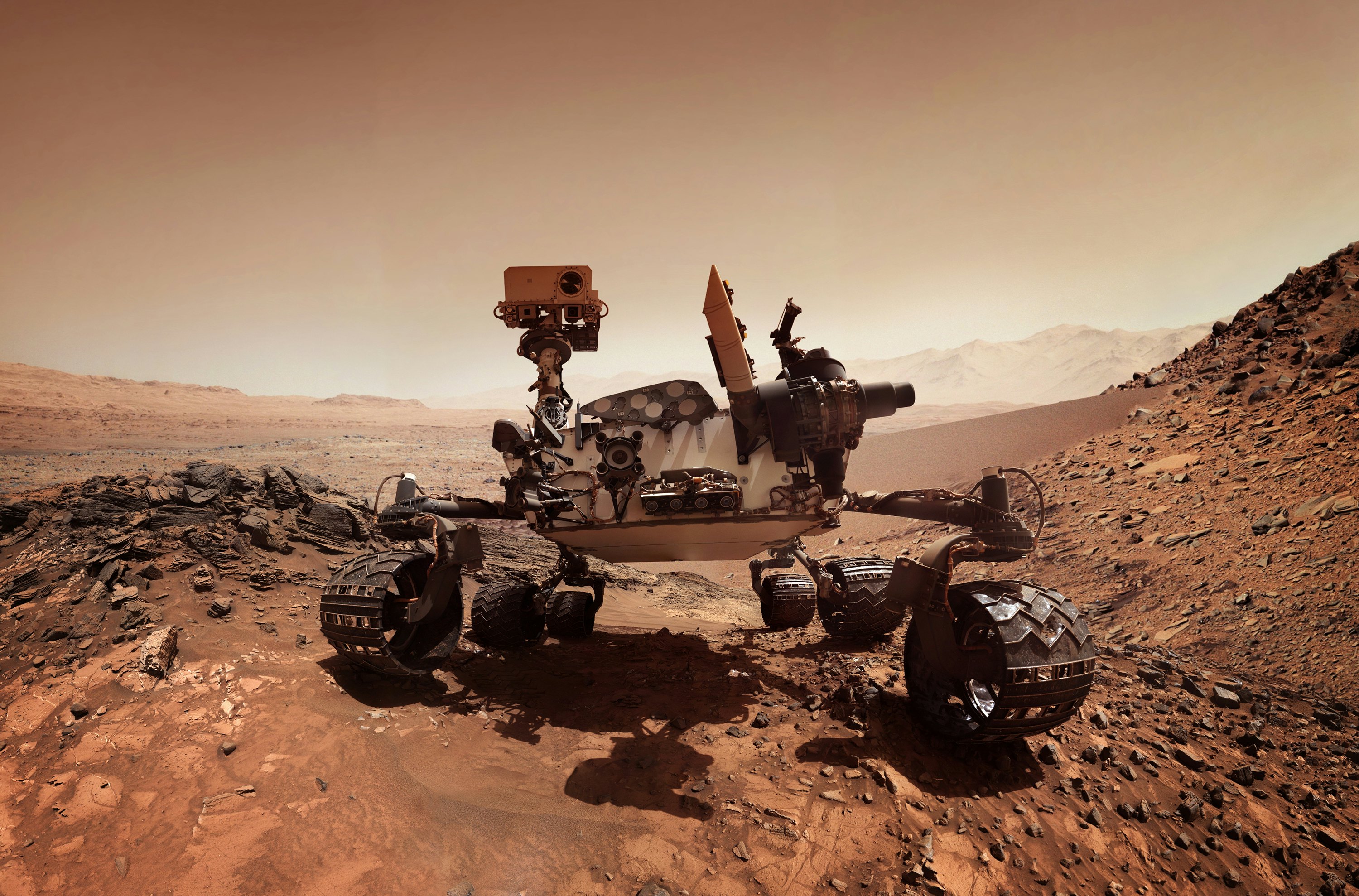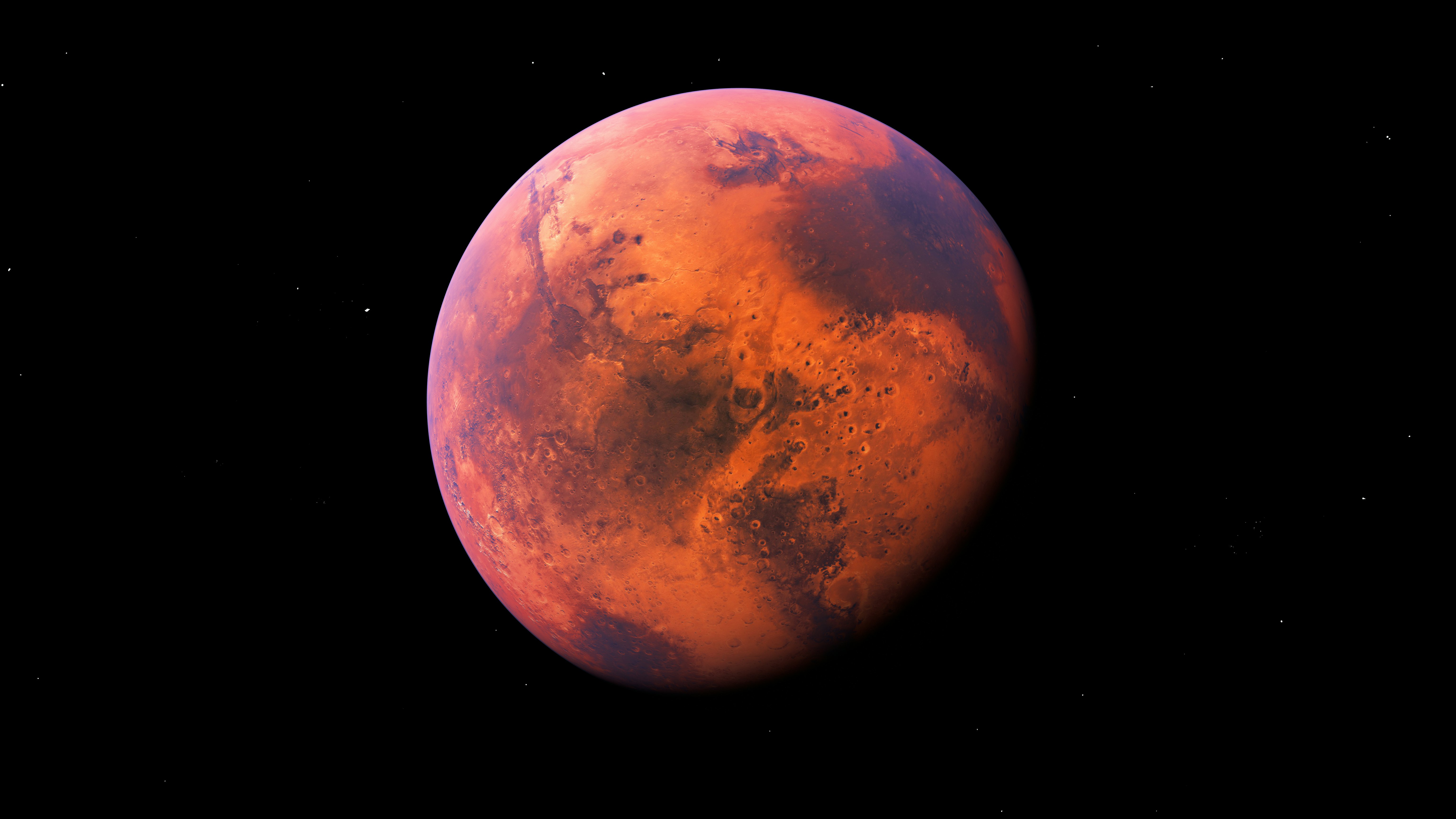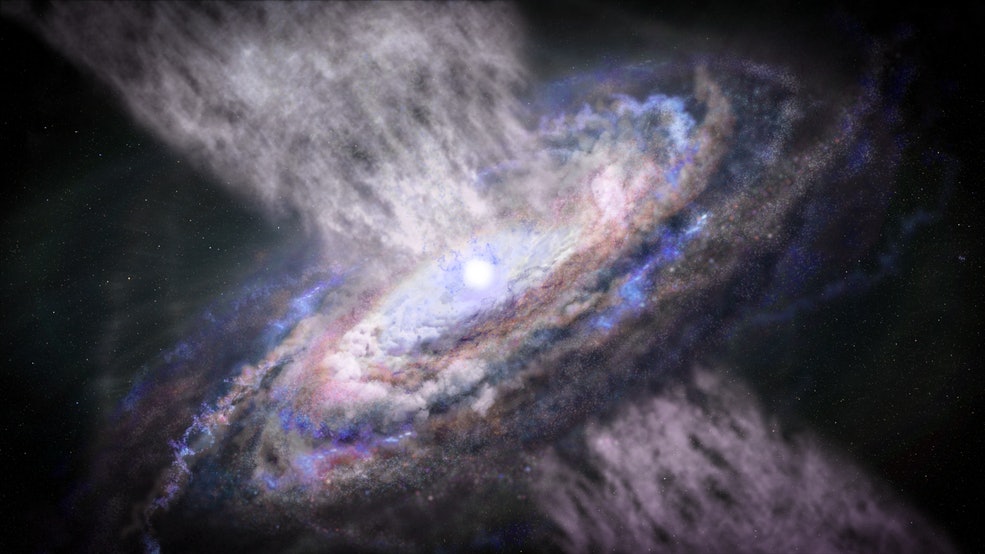
On Mars — Scientists search for amino acids like pirates hunt for gold. Finding these chemical molecules would be considered a potential sign of alien life. But a new study suggests that there likely aren’t any amino acids left on Mars’ red and rocky surface. In order to discovery an ancient world, astronomers need to go deep.
This is an adapted version of the Inverse Daily newsletter for Thursday, June 30, 2022. Subscribe for free and learn something new every day.
Hi, readers. We’ve successfully made it to Thursday. Most of you will be happy to know that this edition of Inverse Daily is brimming with tales of outer space.

1.8 people face once-in-a-lifetime flooding, study reveals
Warning — this figure is shocking. 1.81 billion people, or 23 percent of the global population, are “directly exposed” to one-in-a-hundred-year floods, according to research published Tuesday in the journal Nature Communications.
The risk will only worsen as global warming increases the likelihood of extreme flooding. Not everyone will be affected the same.
According to the paper, the vast majority of people exposed to floods — 89 percent — live in low-and-middle-income countries, typically in South and East Asia and Africa. While 193 million people face flood risk in higher-income countries like the U.S., far more — some 1.61 billion people — live in lower-and-middle income countries.
“Poor people often lack the resources needed for a fast recovery, which means they can be at risk of devastating long-term impacts on their livelihoods,” said Jun Rentschler, lead author of the study. Now it is up to policymakers to translate this data into action.

Cosmic rays could erase evidence of life on Mars
Astrobiologists may need to rethink where and how they’re searching for chemical signatures of life on Mars.
For more than a billion years, Martian dirt and rock has endured a constant bombardment of cosmic rays — high-energy particles, mostly protons and helium ions, that get blasted into space by solar flares or exploding stars. And it may have already have erased some evidence of ancient life.
According to a team of researchers, if chemical traces of alien life exist on Mars, we might have to dig deeper to find them. A recent experiment using simulated Martian regolith found that amino acids — key molecules for life, and potentially key evidence for its past existence on Mars — don’t last long on the Martian surface, even if they’re buried.
The researchers suggest that Mars rovers like Perseverance may need to dig much deeper, or look for younger outcrops of rock, to have a chance of finding chemical evidence of ancient Martian life.

Virgin Orbit targets June launch window for U.S. Space Force Collaboration
Virgin Orbit is billionaire Richard Branson’s satellite-launching service. As early as this week, it may be ready for its first launch.
In a mission called “Straight Up,” named after the Paula Abdul song, Virgin Orbit will fly seven satellites for the U.S. Space Force. Starting Wednesday, the service will aim to loft its LauncherOne rocket with its U.S. government-agency payloads at night to an altitude of 500 km. LauncherOne will hitch a ride on the underside of a modified 747 carrier plane called Cosmic Girl.
Virgin Orbit officials also said that the plans for the first licensed space launch in the United Kingdom, set to take place in Cornwall, are progressing and that they are looking at a September time frame for that launch.
Between SpaceX and Virgin Orbit, the race to deliver small satellites into orbit is on.

NASA’s James Webb Space Telescope will unmask Quasar secrets
Quasars are not just the by-product of supermassive black holes — they also play an important role in science. Astronomers use these distant luminosities as a constant when measuring the motions of objects closer to home. And studying quasars is about to become more robust.
In a few months, quasars will be among the first objects that NASA’s James Webb Space Telescope will study. Researchers hope that data gained from the images will provide clues into the evolution of the universe.
In a project called Q3D, scientists will study three quasars sitting at different distances from Earth. For decades, it has been hypothesized that quasars limit galactic gains by flushing out hundreds of solar masses of material each year, leaving the galaxy with less stuff with which to create new stars. The Q3D study could help astronomers understand the mechanisms at play in more distant quasars.
“James Webb Space Telescope opens up an entire new window,” says Q3D astrophysicist Dominika Wylezalek, “with the ability to investigate distant galaxies in the early Universe in the same way as nearby galaxies.”

About this newsletter: Do you think it can be improved? Have a story idea? Want to share a story about the time you met an astronaut? Send those thoughts and more to newsletter@inverse.com.
- On this day in history: On June 30, 1905, Albert Einstein submitted his paper on special relativity, a.k.a. his theory of the relationship between space and time.
- Song of the day: “Stagger Lee” by Nick Cave







